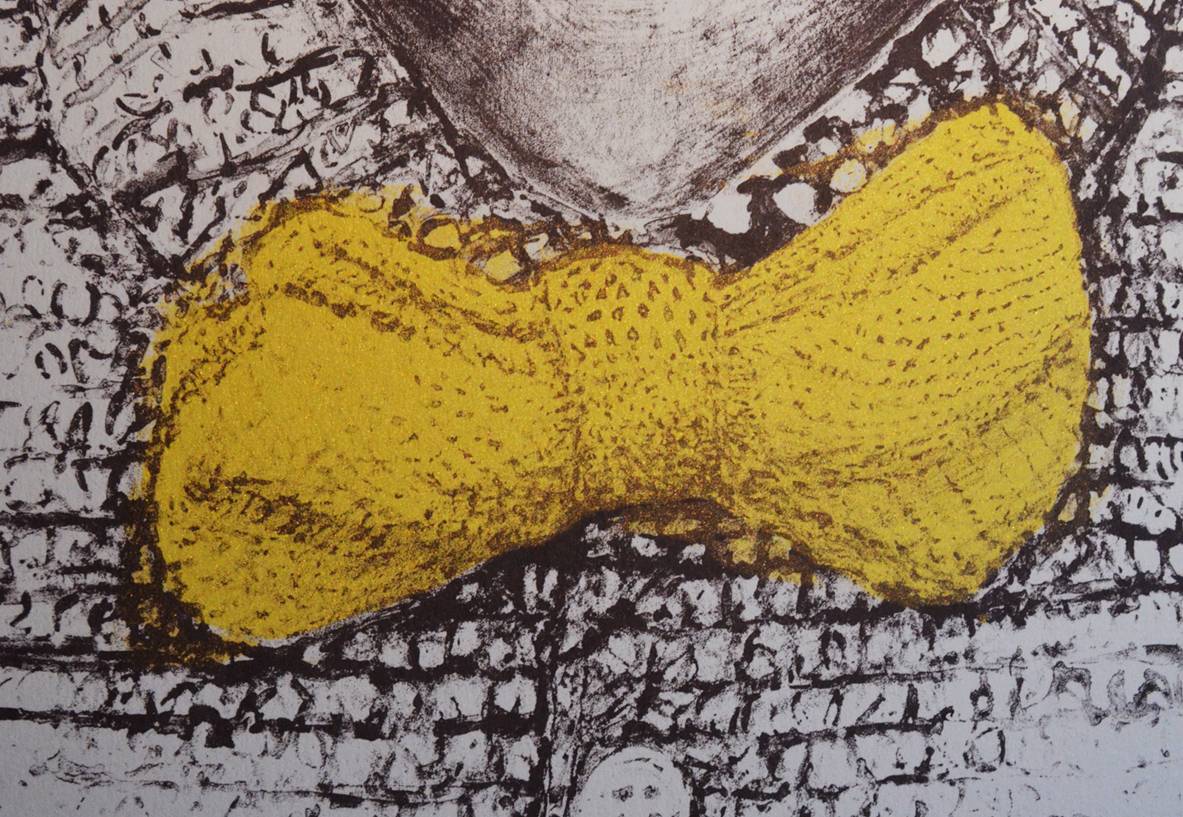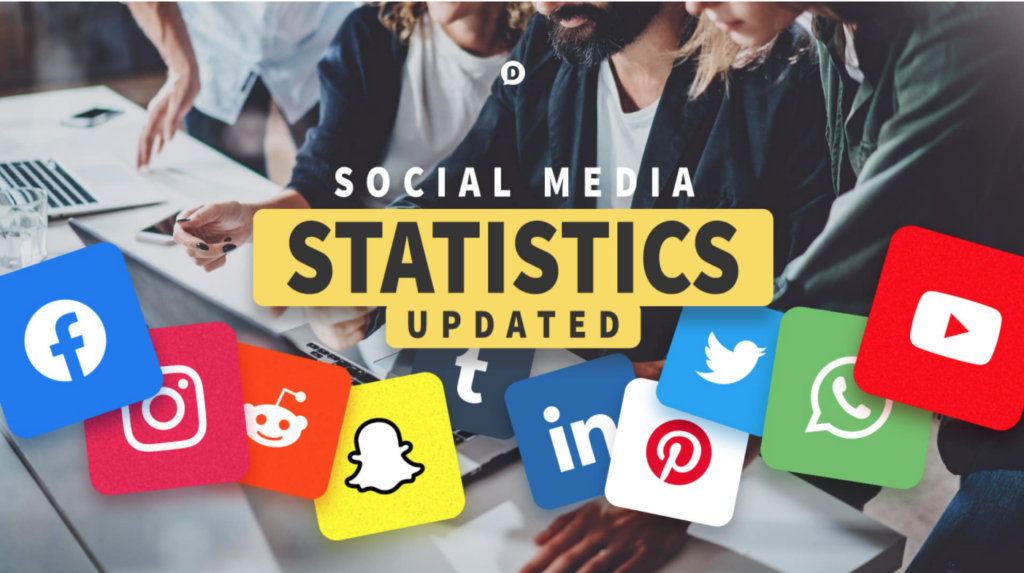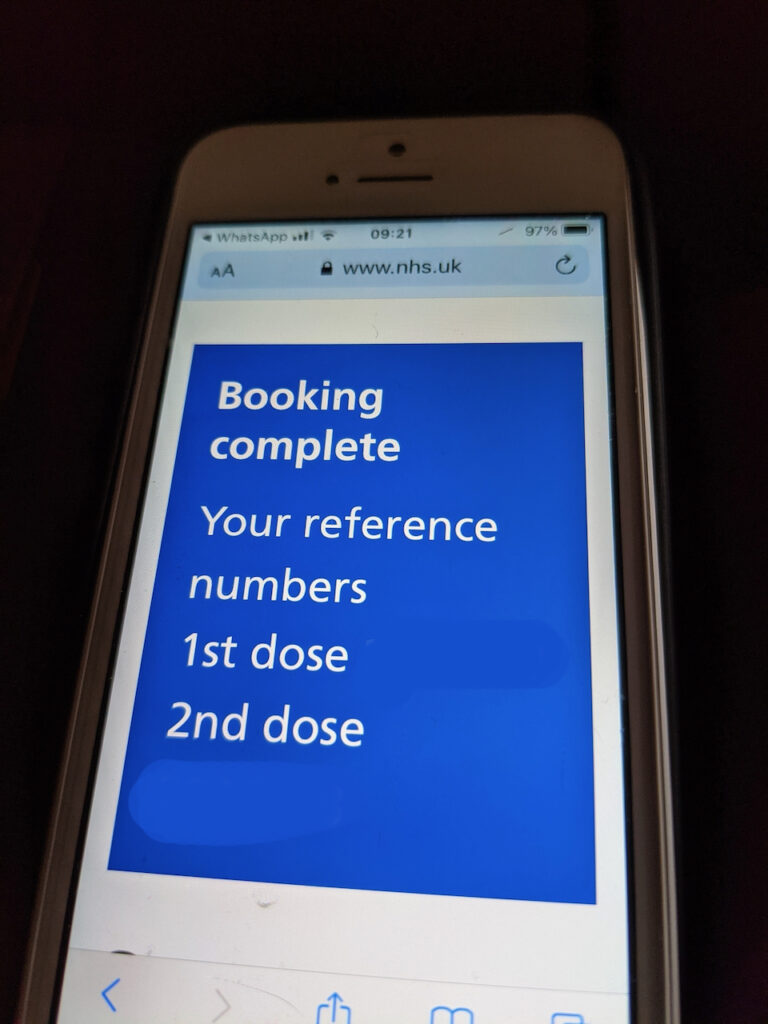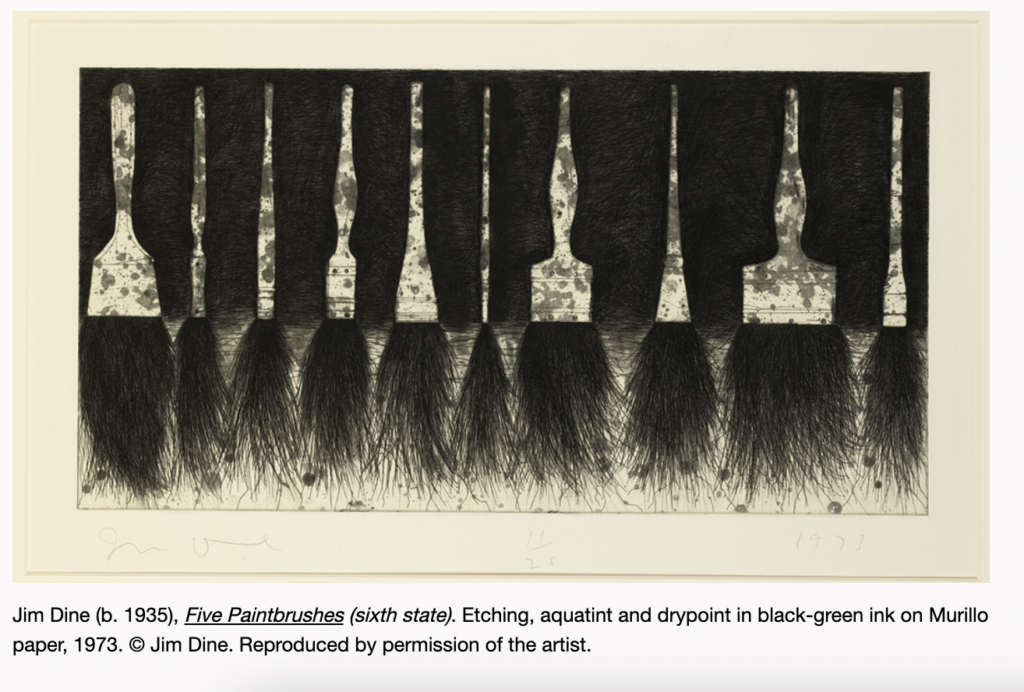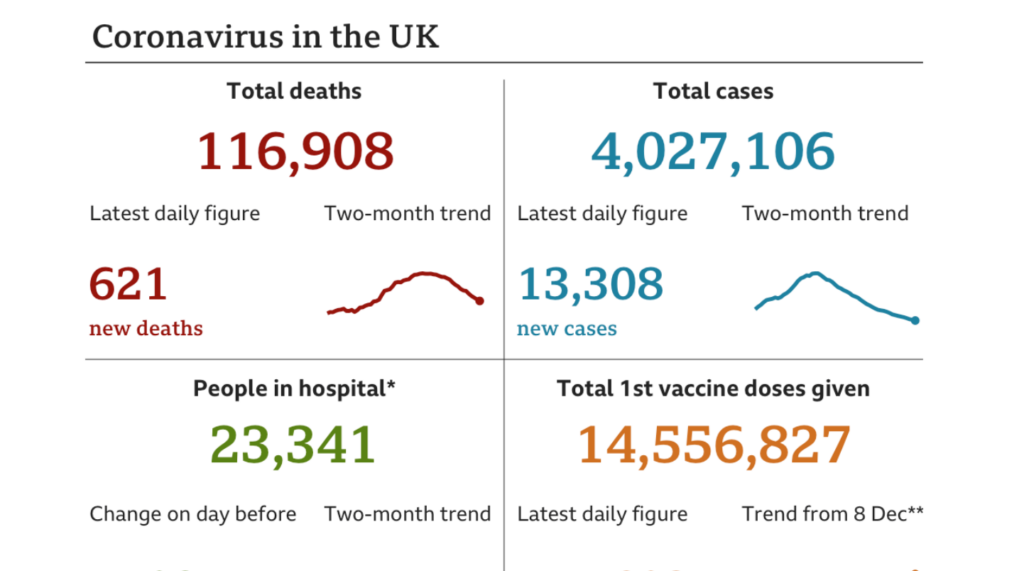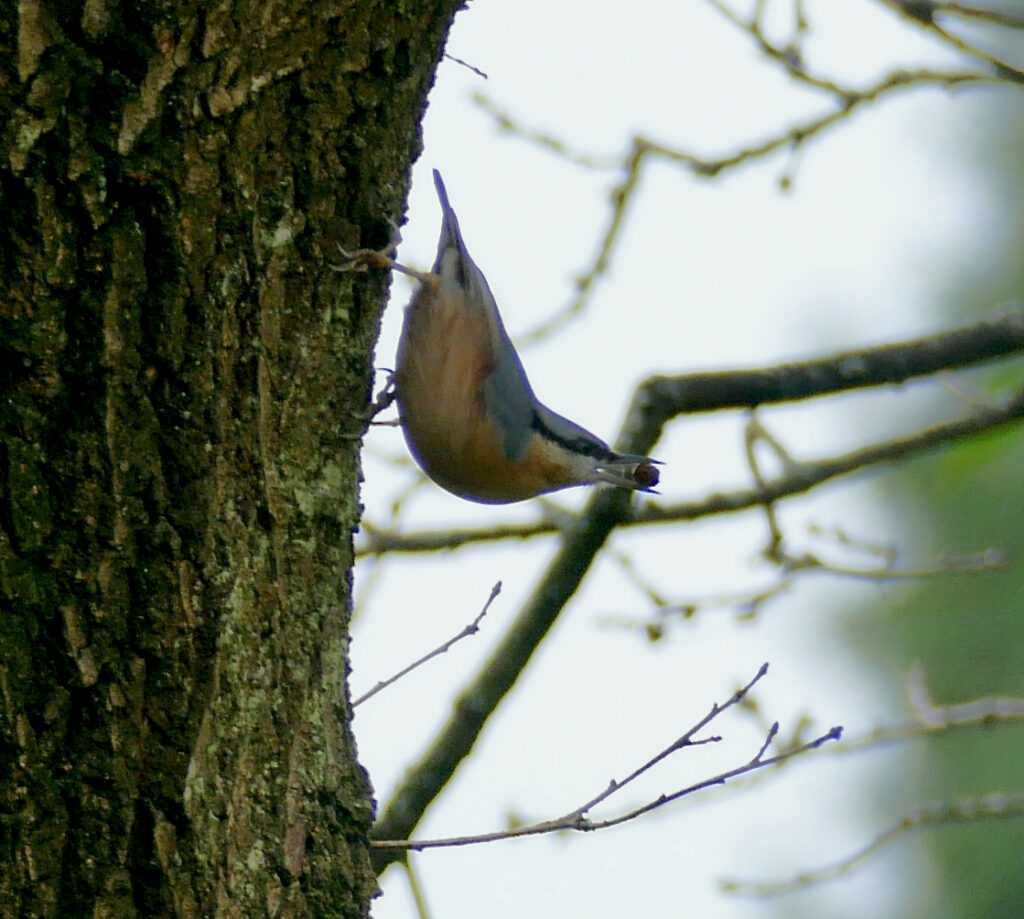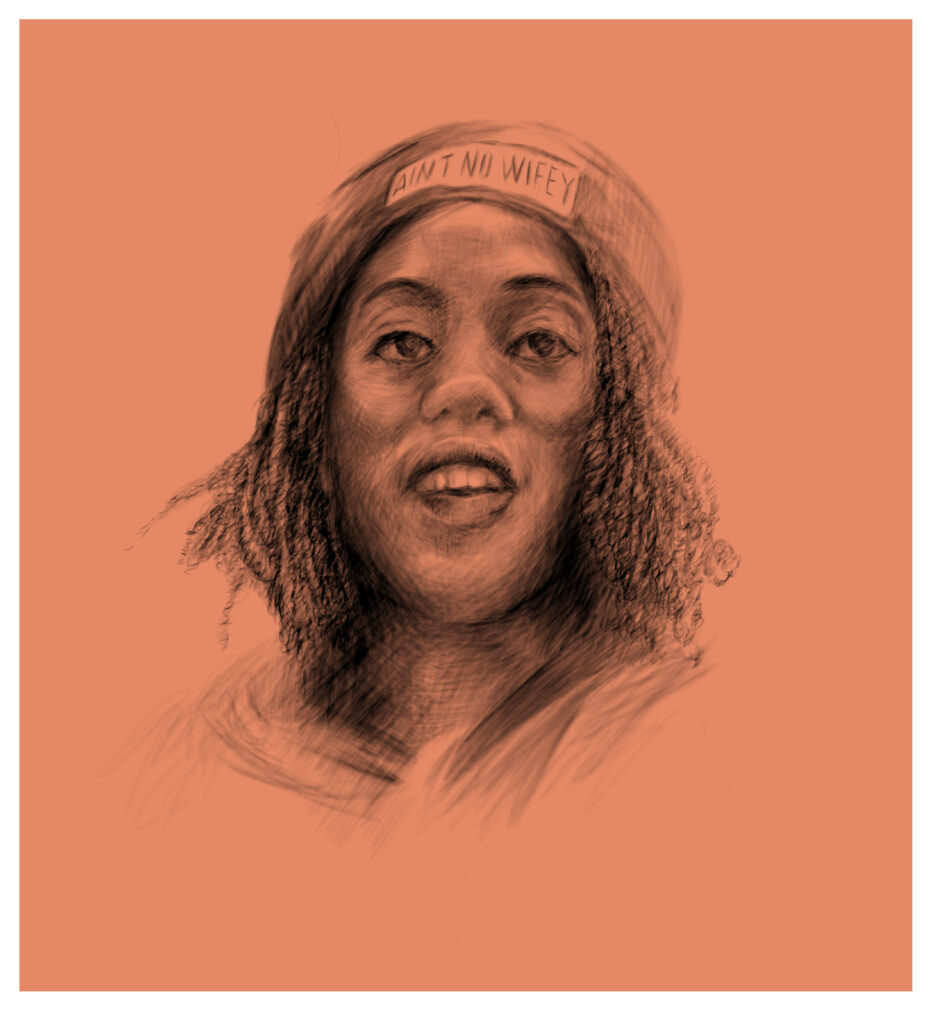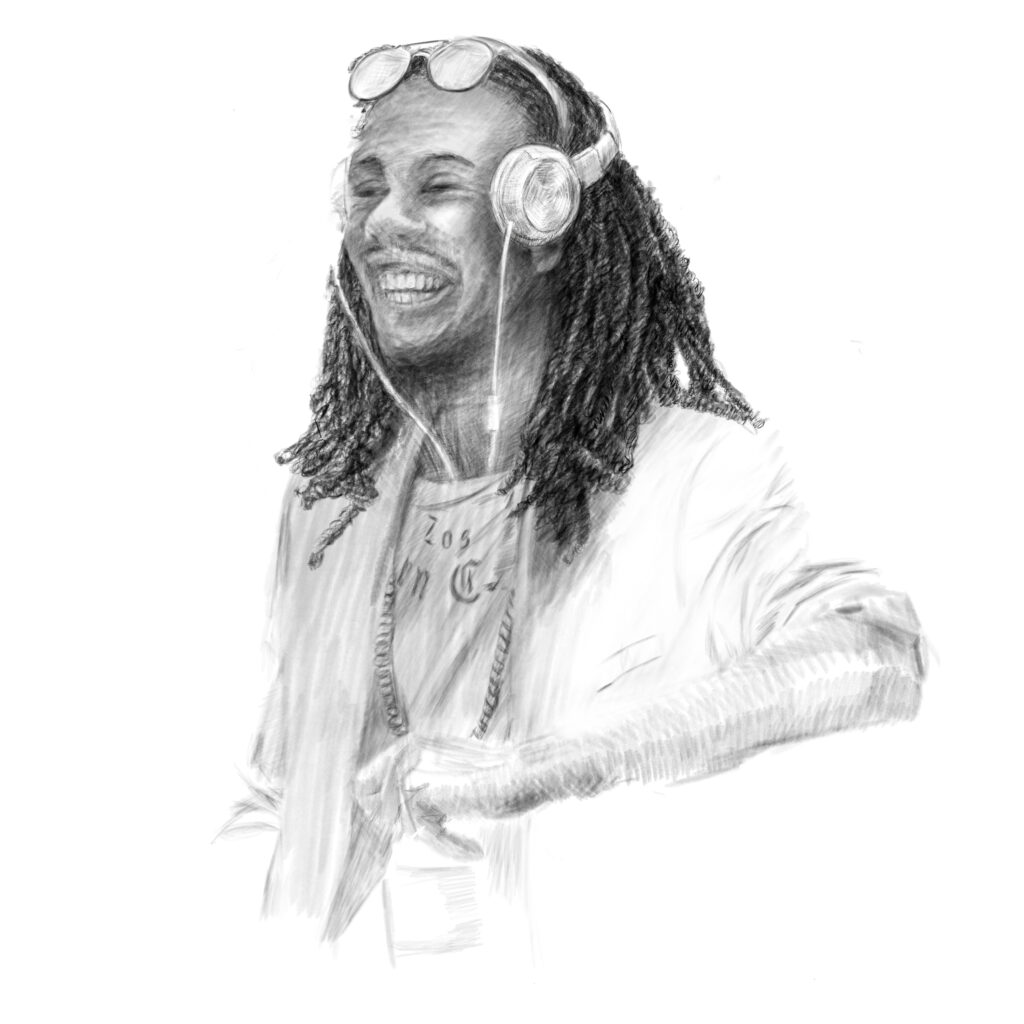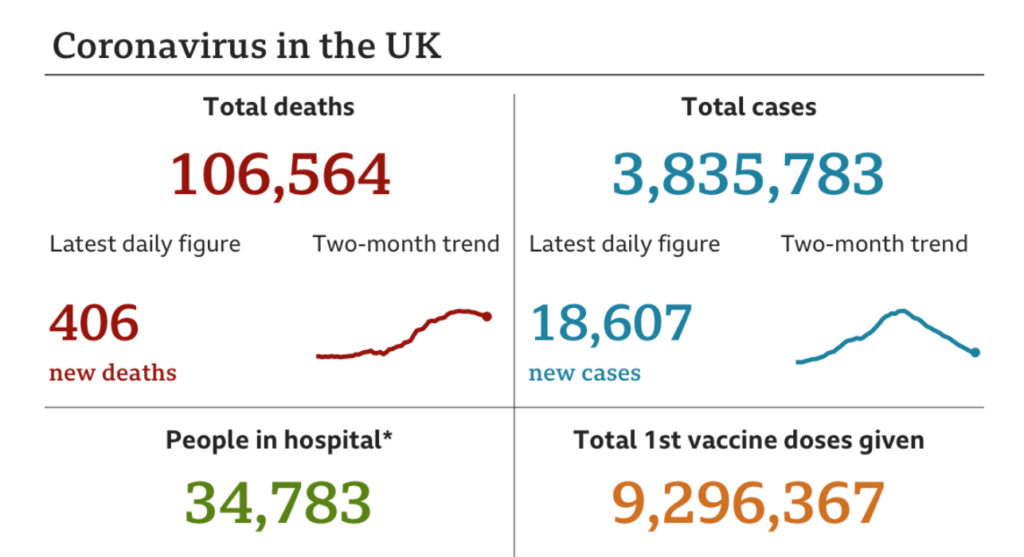Another 4 months
The UK roadmap out of Lockdown, at least in England, was announced on Monday 22nd February: June 21 st: all restrictions lifted … if the data supports it.
Each announcement brings some solace, as do the hints of Spring, but the thoughts of another four restricted months brings anxieties. While there will be things to attend to get us through, the abiding feeling is one of unfulfillment.
Tools
I mentioned artist printmaker Jim Dine’s etchings of hand tools last week which have inspired thinking through what the equivalent images of 21st century tools might be. There are tools required to keep today’s computers, that are as commonplace as the hand tools of the US 1950’s, up and running with access to the mountains of data that we generate every day and require storing for tomorrow’s use. While considering this Walker Evans Anthology of photography threw up more tools. These were from the 1930’s America and published in Fortune Magazine with the title ‘The Beauties of the Common Tool’. Starkly photographed on white backgrounds there are no diversions from the metal pressed materiality of the tools, resplendent in their invitation to be picked up and applied to the mechanical job at hand.
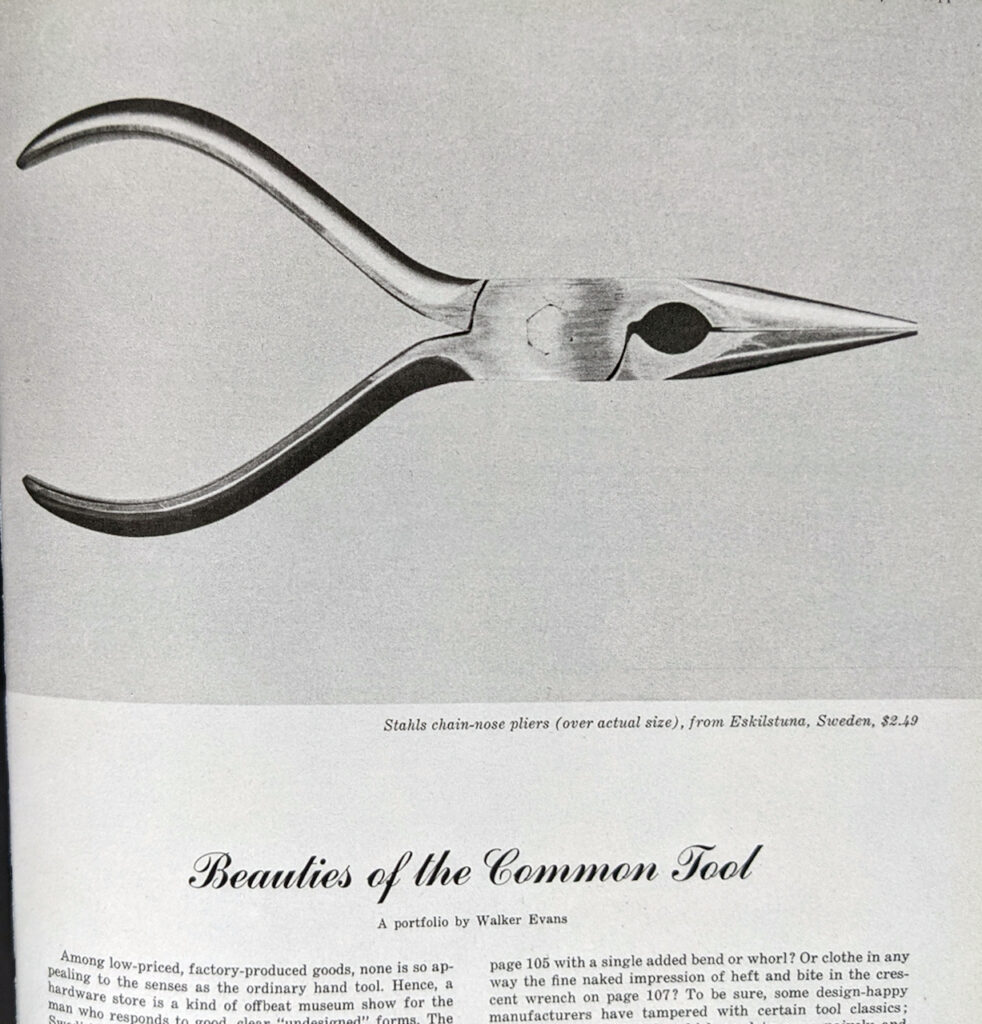
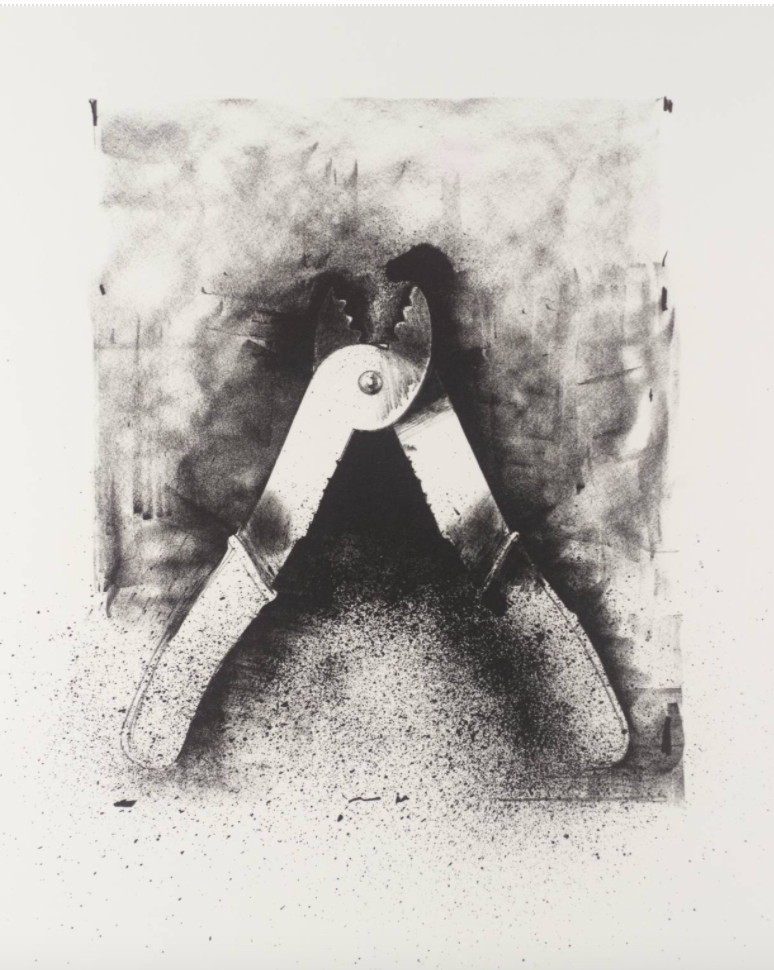
Dine’s tools are similar, but different. They are represented with the same admiration as Evans, but are set against hand-made marks of ink impressed from metal printing plates. This visual approach gives an impression of artistic interpretation and respect, rather than the documentary reality of Evans photographs. Dine’s tools themselves are drawn on the lithographic plate and so are not 100% accurate, but their imprint captures the tool’s core essences. Both are different to the images of tools for sale in the printed catalogues of each period. Tools are displayed in the online catalogues of the 21st Century similarly with single images, choice of views, hover over magnification and price tag.
The tools and storage required for contemporary activities are virtual. Even the metal small boxes of hard removable disk that were necessary only a decade ago, are nearing extinction as they are phased out to be replaced by giga or tera bytes of ‘hidden form sight or touch’ data stores. Drawings or photographs of invisible data will not reveal any more than the online catalogue description. Interpretative drawings of the removable disks and their cable connections may be worthy of embodying in ink or charcoal.
Charcoal
Charcoal is the medium of Genevieve Robertson current work being exhibited in the wide expanse of Grand Forks, British Colombia. On Instagram she announced that ‘Walking in the Dark’, a physical book from the show was available at a small cost and would be mailed to buyers. I ordered and a brown paper envelope with expressive hand-written address arrived today, in Birmingham UK from Canada.
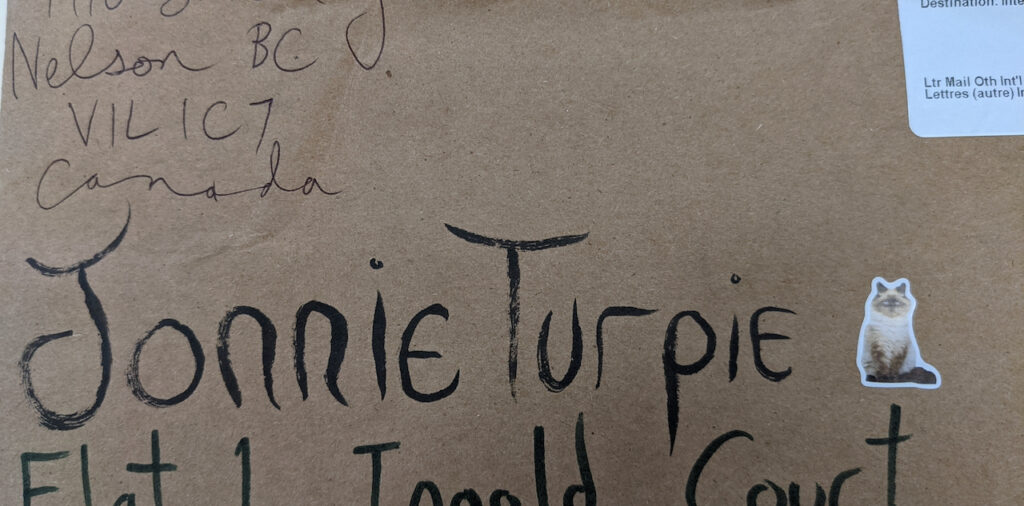
Although expected, it came as a surprise and gave a positive tactile experience of physically opening both envelope and book to see, for the first time a mix of charcoal abstract and literal images, including the moths from the exhibition: ‘And even dust Can Burst into Flames’. The triumvirate of Drawing, Instagram and snail mail brings welcome connectivity in the pandemic.
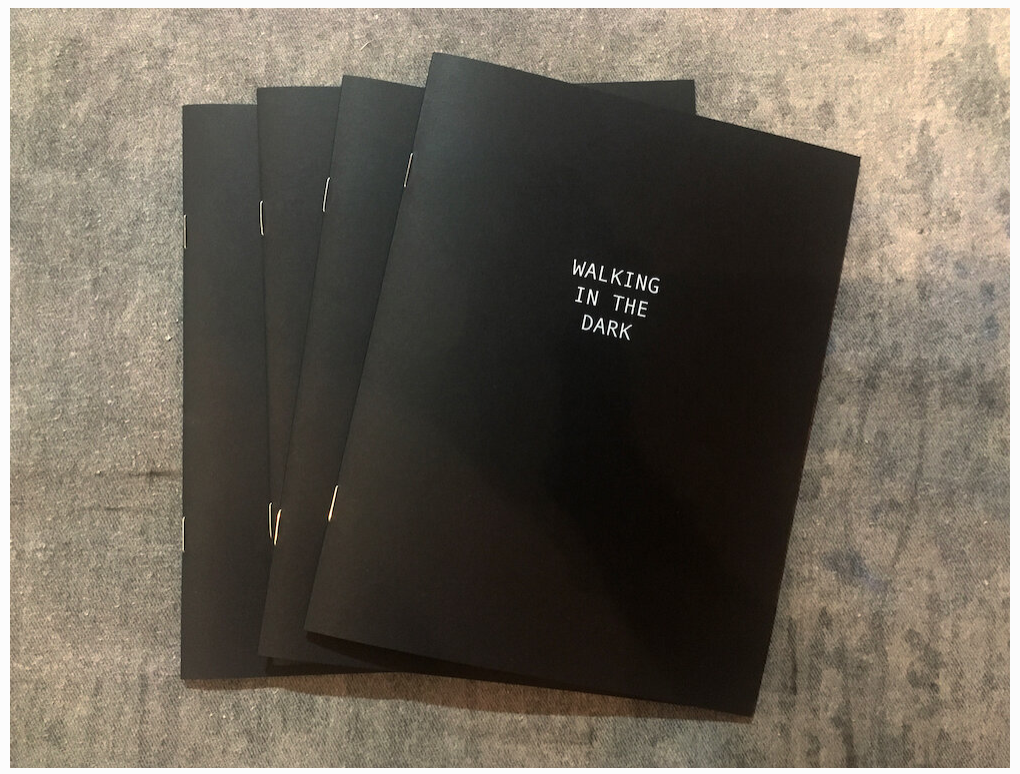
‘All drawings featured in this book were produced with carbon, in the form of charcoal, coal, graphite and ink. The limited-edition book contains contributions from artist Jim Holyoak and artist/geologist Carol Wallace and is available for purchase by contacting the artist, or available as a PDF here.’
https://www.genevieverobertson.com/publications#/walking-in-the-dark/
Lest we forget
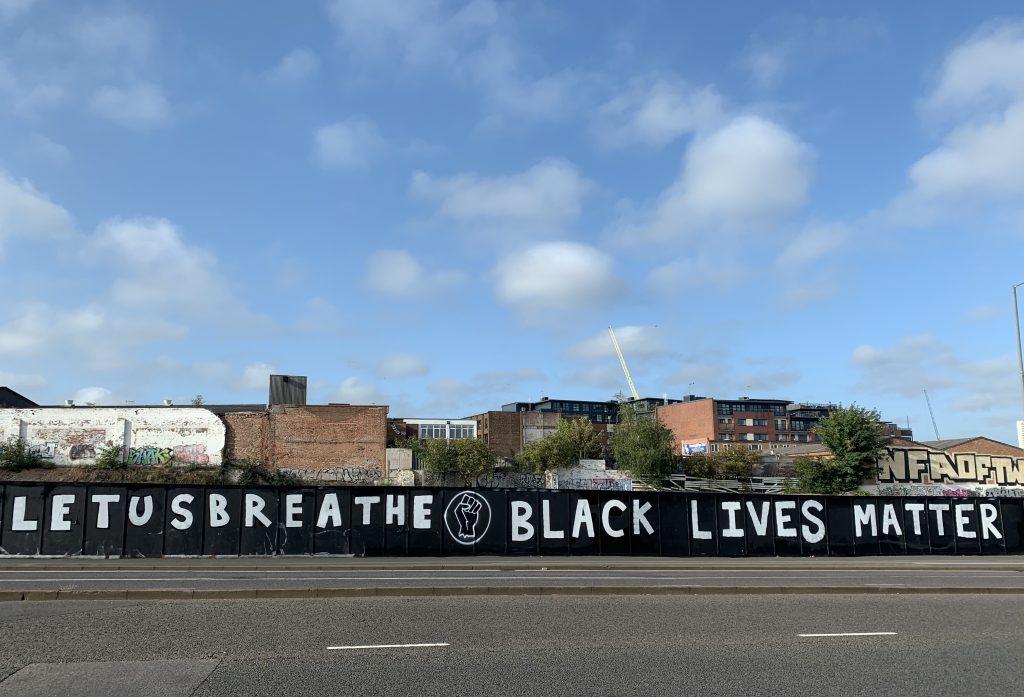
covid update
Even though the hospital cases are slowing and the vaccinations are being given in increasing numbers, the death-toll continues rise. Per Head of population the UK death rate is one of the highest in the world.
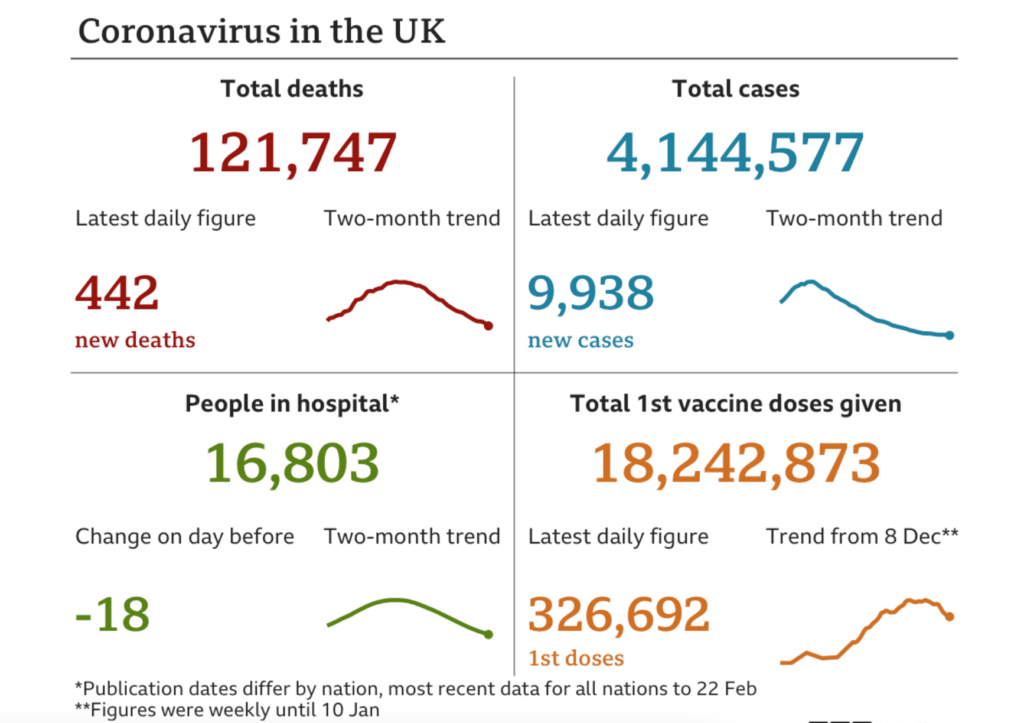
Thats it
